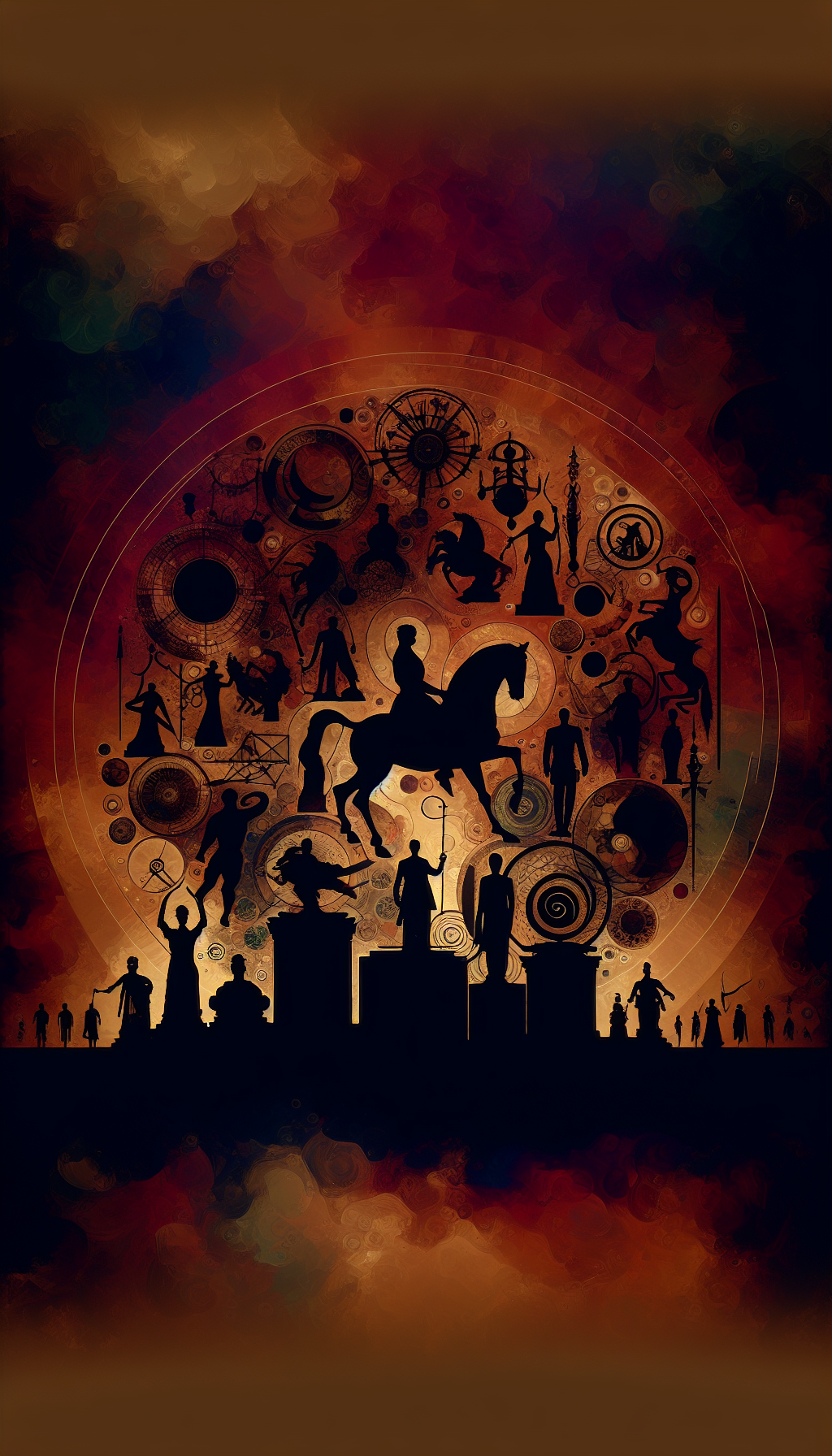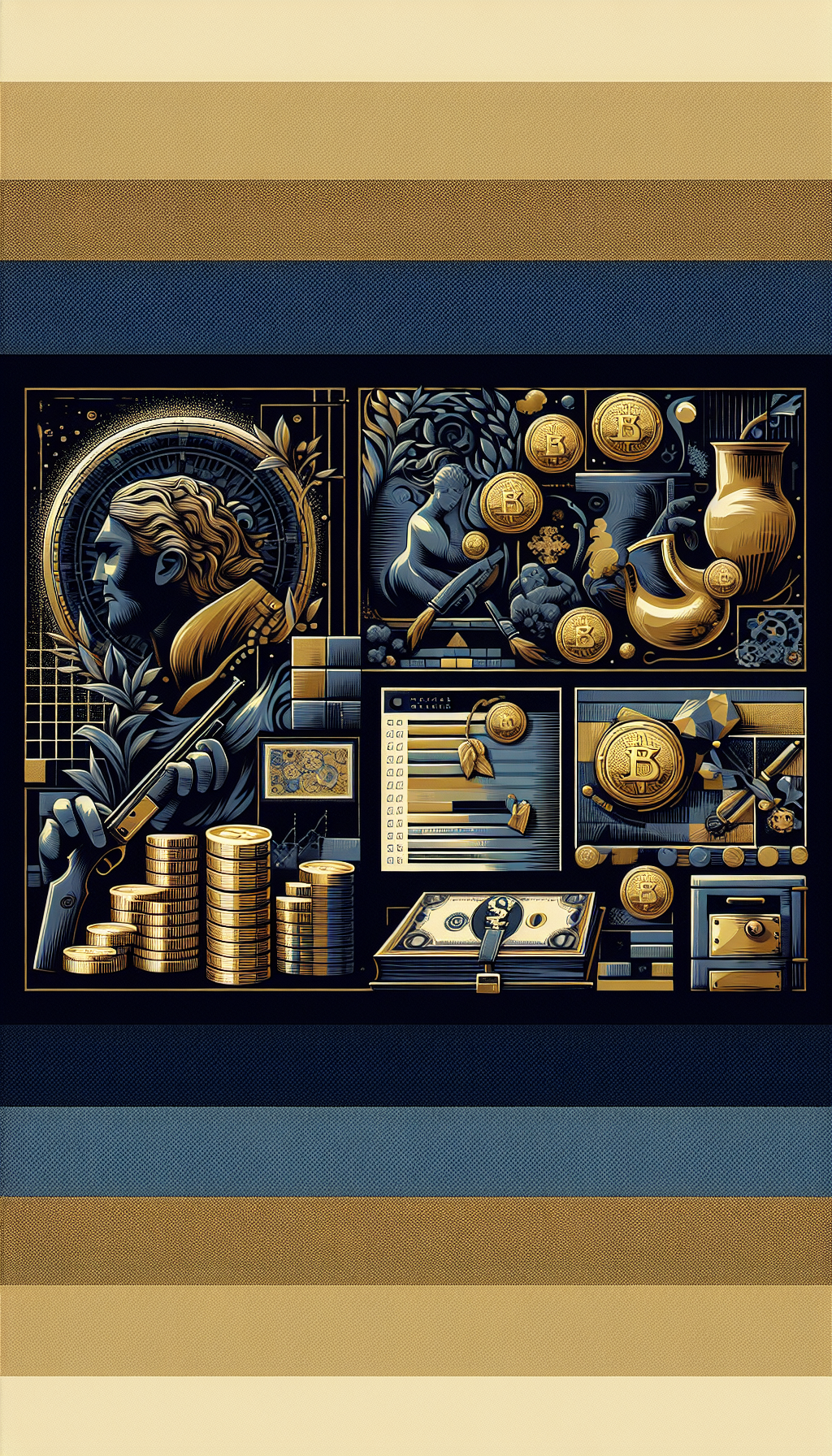A Set Of Different Audubon Prints Circa Early 20th Century Appraisal
A mixed group of “Audubon prints” labeled or believed to be circa the early 20th century turns up frequently at estate sales and in inherited collections. These sets often blend different print types, sizes, and publishers—some chromolithographs, some collotypes or halftones, occasionally a later reprint of an earlier lithograph, and, less commonly, a 19th‑century original mixed in. Appraising them correctly depends on separating what they are from what they are not. This guide lays out a practical, methodical approach to identify, date, and value a mixed set and to avoid the most common attribution pitfalls.
What You Likely Have: Early 20th‑Century Audubon Prints at a Glance
- Most early 20th‑century “Audubon” prints are reproductions after John James Audubon’s original plates, produced by photomechanical methods (collotype, half‑tone lithography) or chromolithography.
- They were issued by various publishers and institutions to meet growing public interest in Audubon around 1900–1939. Typical traits include typeset captions, uniform paper sizes scaled down from the originals, and a lack of an intaglio plate mark.
- Genuine 19th‑century originals fall into three principal categories:
- Havell Edition (1827–1838): hand‑colored copperplate engravings/aquatints, double‑elephant folio. Strong plate mark; many sheets bear “J. Whatman Turkey Mill” watermarks with date.
- Royal Octavo (1839–1844 and later 1850s): hand‑colored stone lithographs by J.T. Bowen (Philadelphia). About 10 x 6.5 inch plate area; captions often read “Drawn from Nature by J.J. Audubon” and “Lith. Printed & Coloured by J.T. Bowen, Philad.a.”
- Bien Edition (c. 1860): large‑folio chromolithographs (New York), credit to Julius Bien; project curtailed by the Civil War. Fewer plates exist; printing is by layered color stones, not hand coloring.
- Early 20th‑century reproductions do not come from the original copper plates (those did not survive for re‑strikes). Any intaglio‑looking bevel is typically simulated blind embossing or a mount window.
For a mixed set stated as “circa early 20th century,” expect mainly photomechanical reproductions with occasional chromolithographs. Treat any claim of “original Havell” or “Bien” with skepticism until diagnostics confirm it.
Identification: Printing Methods, Credit Lines, and Paper
Correct identification hinges on a few repeatable tests and observations. Work through them in order.
- Loupe test (10x–20x)
- Halftone (early 20th‑century prints): regular dot patterns or rosettes (CMYK) in the image areas; edges break into dots; skies and flat colors show a screen.
- Collotype (common 1900–1920s): a fine, reticulated, pebbly texture without a regular dot grid; soft tonal transitions; can look deceptively “continuous tone.”
- Chromolithography (late 19th into early 20th): distinct layered color, occasional misregistration halos at edges, and solid color areas without rosette patterns.
- Intaglio (Havell): raised ink edges and burr in darker lines; no dot structure; stipple/aquatint textures; uniform, crisp lines.
- Plate mark and impression
- Havell plates exhibit a pronounced recessed plate mark surrounding the image; the paper fibers are compressed along the beveled line.
- Bien and Bowen lithographs have no intaglio plate mark. If you see a “plate mark” on a lithograph or photomechanical print, it’s likely a debossed border or mat impression added to simulate intaglio.
- Many early 20th‑century reproductions are trimmed to the image with a printed border and lack any true impression.
- Credit lines, captions, and typography
- Havell: engraved cursive titles, “Engraved by Robert Havell Junr,” and often “Drawn from Nature by J.J. Audubon.” Title sits within the plate, not typeset outside the image.
- Royal Octavo: lithographic credit “Lith. Printed & Coloured by J.T. Bowen, Philad.a” and plate numbers; hand coloring can show visible brushstrokes.
- Bien: “Julius Bien & Co. Lith.” or similar; printed color layers; captions integrated into the stone.
- Early 20th‑century reproductions: modern typeset captions and publisher imprints (e.g., “The University Society, New York,” “Garden City Publishing,” museum or society attributions). Captions often sit below the image on the sheet, separate from the plate.
- Paper and watermarks
- Havell papers: wove paper, often watermarked “J. Whatman” plus “Turkey Mill” with a date in the 1820s–1830s. Watermark typically falls in the margin and requires backlighting to see.
- Royal Octavo: wove papers, usually unwatermarked; hand coloring creates slight cockling and pigment pooling at edges under magnification.
- Bien: wove paper; no intaglio plate mark; chromolithographic layers visible under magnification.
- Early 20th‑century prints: machine‑made wove papers; brighter, more uniform surfaces; occasional publishers’ blindstamps; little to no deckling. Some collotypes from this era show a subtle gloss in darker tones.
- Size and margins (approximate, to filter)
- Havell (double‑elephant folio) sheet roughly 39.5 x 26.5 inches; image area large, most birds near life size.
- Bien large‑folio close to Havell scale, but printing method and credits differ.
- Royal Octavo image around 10 x 6.5 inches (sheet a bit larger).
- Early 20th‑century reproductions vary widely—common sheet sizes include 12 x 16, 14 x 20, or larger poster formats—and rarely match the exact Havell sheet size and margins.
When in doubt, triangulate: the loupe result plus the presence/absence of a plate mark plus the credit line will usually settle attribution.
Dating and Editions: From Havell to Bien to 20th‑Century Reproductions
- 1827–1838 (Havell, London): copper engravings/aquatints, hand colored. These are the most valuable and frequently imitated.
- 1839–1844 and 1850s (Royal Octavo, Philadelphia): lithographs on smaller format, hand colored. Very collectible, accessible price points relative to Havell.
- 1860–1861 (Bien, New York): chromolithographs; project halted by Civil War; fewer plates survive, and some are two‑tone or partially colored. Scarcer than octavos, often undervalued if misattributed.
- c. 1900–1939 (Early 20th century): collotypes, halftone lithographs, and chromolithographic reproductions by various publishers and societies, sometimes issued as portfolios or book plates. Generally not hand colored; if color appears “painted,” it is often pochoir (stenciled) applied over a mechanical base.
Note: Mid‑ to late‑20th‑century facsimiles (e.g., high‑quality photolithographic portfolios) are outside the stated time frame but often turn up alongside early 20th‑century prints. These later facsimiles may have edition numbering, watermarks indicating the project, or blindstamps. They remain reproductions and should be valued on their own merits as such.
Condition Grading and Its Impact on Value
Condition drives a disproportionate share of value for works on paper. Grade conservatively and consistently across the set.
- Paper tone: even ivory toning is normal; pronounced browning, mat burn (dark borders where old mats sat), and localized discoloration reduce value.
- Foxing: scattered rust‑colored spots; light foxing lowers desirability; heavy foxing can halve a print’s price or more.
- Stains and tide lines: water stains, tape stains, or adhesive shadows are significant deductions.
- Tears and losses: short edge tears in margins are manageable; tears into the image or missing corners are serious defects. Watch for repaired tears—look for fiber disturbance and newer paper fills under raking light.
- Trimming: loss of margins, especially if captions or watermarks are cut off, is a major deduction. Trimming into the image is especially harmful.
- Fading: early aniline dyes (in some hand‑tints) and fugitive inks can fade; compare to known palette for the plate if possible.
- Mounting: dry‑mounting to board reduces value; pressure‑sensitive tapes (cellophane/“Scotch” tape) stain with time; older mats and backings are often acidic.
- Overcleaning/bleaching: unnaturally bright paper with washed‑out inks can indicate aggressive bleaching; this is viewed negatively unless expertly conserved.
For appraisals, note condition per sheet and estimate conservation costs when relevant. Professional washing/deacidification, tape removal, and stabilization can range widely; weigh cost against potential value uplift.
Market Values and What Drives Price in Mixed Sets
The market for Audubon images is subject‑driven and condition‑driven, and strongly affected by correct attribution.
- Subject hierarchy: iconic species (American Flamingo, Wild Turkey, Snowy Owl, Great Blue Heron, Carolina Parrot) consistently outpace common songbirds. Raptors and waterfowl often outperform small perching birds.
- Scale and impact: larger sheets and strong color saturation bring higher prices within the same category.
- Edition/publisher: within reproductions, earlier, high‑quality collotypes and chromolithographs typically bring more than later, coarse halftones. Within originals, Havell > Bien (scarcity and desirability) > Octavo (though certain octavo plates can be very strong).
- Condition: exceptional condition can more than double a print’s price versus a stained or trimmed counterpart.
- Provenance and coherence: a matching, uniform portfolio from a known publisher is worth more than a “married” set of mixed sources. Conversely, a mixed lot may be better sold piecemeal to maximize return on desirable images.
Indicative price ranges (broad guidance; verify with current comps):
- Early 20th‑century halftone or collotype reproductions: typically $50–$300 per sheet; standout subjects or larger, better printing up to $400–$800.
- 19th‑century Royal Octavo (hand‑colored): roughly $200–$4,000 depending on subject and condition; most common plates settle between $400–$1,200.
- Bien chromolithographs: roughly $1,000–$10,000 depending on subject, coloring, and condition; uncommon subjects and prime condition can exceed this.
- Havell double‑elephant folio: from the low five figures for lesser subjects in fair condition to very high five or six figures for the most iconic plates in excellent condition.
When appraising a mixed early 20th‑century set, resist applying octavo or Bien prices to reproductions. Accurate identification is step one; only then calibrate valuation by subject and condition.
Practical Appraisal Workflow for a Mixed Set
Approach the set as a triage exercise that funnels pieces into clear categories.
- Inventory and measure
- Record sheet size, image size, margins, and any plate marks or blindstamps.
- Photograph fronts and backs unframed when possible; document watermarks by backlighting.
- Identify printing method
- Use a loupe to determine halftone vs collotype vs lithography vs intaglio.
- Confirm or exclude intaglio by seeking a genuine recessed plate mark and intaglio ink characteristics.
- Capture text data
- Transcribe all captions, credits, plate numbers, and publisher lines precisely (including abbreviations like “Philad.a” or “Lith.”).
- Note any pencil numeration or signatures (many are facsimile, not hand‑signed by Audubon).
- Sort into groups
- Group by method and publisher/credit line (e.g., “collotype, University Society,” “chromolithograph, unknown,” “octavo Bowen,” etc.).
- Isolate any candidate originals (Havell/Bien/Octavo) for deeper scrutiny.
- Grade condition
- Note foxing, stains, mat burn, tears, trimming, fading, and mounting.
- Estimate conservation feasibility and cost.
- Check market comparables
- Search recent auction outcomes and reputable dealer price histories for identical or near‑identical prints by publisher and method, then adjust for condition and subject desirability.
- Recommend disposition
- For mixed sets, consider selling iconic subjects individually and offering the remainder as a cohesive lot by publisher or method.
- Advise on conservation only where value uplift clearly exceeds cost.
Concise Practical Checklist
- Loupe each print: halftone dots vs collotype reticulation vs litho vs intaglio.
- Look for a true intaglio plate mark; if absent, exclude Havell.
- Read and record exact credit lines; match to known periods (Havell/Bowen/Bien vs 20th‑century publishers).
- Measure sheet and image sizes; compare to known formats.
- Backlight for watermarks (e.g., “J. Whatman Turkey Mill” dates for Havell).
- Grade condition: foxing, stains, mat burn, trimming, tears, mounting.
- Photograph front/back and any details; keep a per‑print log.
- Value by correct category first, then by subject desirability and condition.
- Consider conservation only when ROI is clear.
- Plan disposition: sell icons singly; group lesser plates by publisher/method.
Short FAQ
Q: Are early 20th‑century Audubon prints “originals”? A: They are reproductions after Audubon’s works, typically collotypes, halftones, or chromolithographs. They can be collectible, but they are not the hand‑colored Havell engravings, Bien chromolithographs (1860s), or octavo lithographs (1839–1840s) unless diagnostics indicate otherwise.
Q: How can I tell hand coloring from printed color? A: Under magnification, printed color shows dots (halftone) or evenly grained litho layers. Hand coloring shows brushstrokes, slight pigment pooling at edges, and color sitting on top of the printed outlines with occasional overrun beyond lines.
Q: If a print is pencil‑numbered (e.g., 45/250), does that make it valuable? A: Not necessarily. Many 20th‑century facsimiles were issued as numbered editions. Numbering adds documentation but does not convert a reproduction into an original; value depends on quality, subject, and demand for that specific edition.
Q: Should I remove old frames and mats? A: Yes, for appraisal. Frames and acidic mats can hide condition issues and watermarks and can cause damage. Unframe carefully or have a conservator do it to avoid tears or paper loss.
Q: What single factor most affects price in a mixed set? A: Correct identification. Misattributed reproductions priced as octavos or Bien prints are common. Once correctly categorized, condition and subject desirability drive the final number.
With a disciplined identification process, early 20th‑century Audubon sets can be appraised accurately and confidently. Separate by method and publisher, grade condition thoroughly, and value according to proven market tiers.



